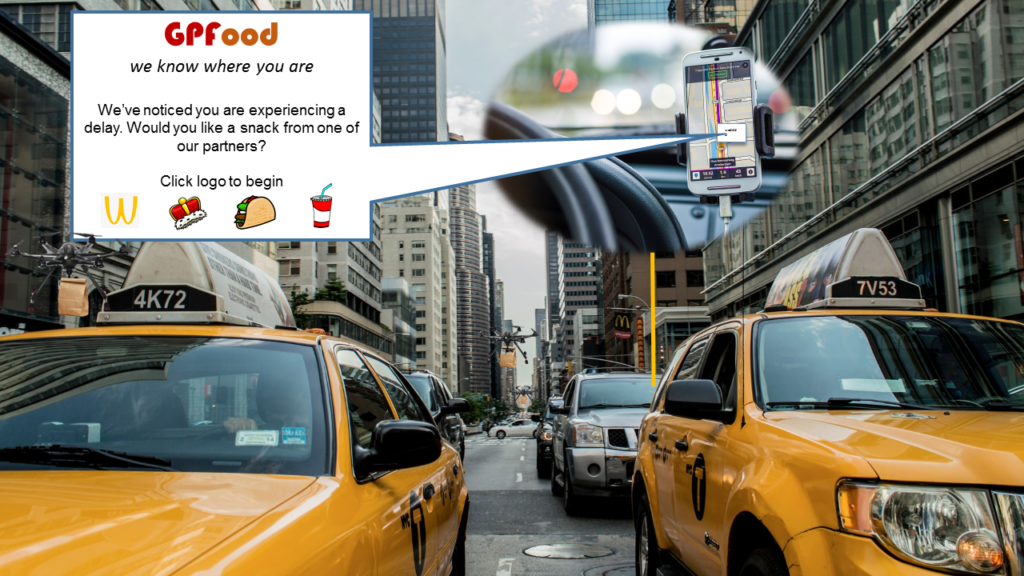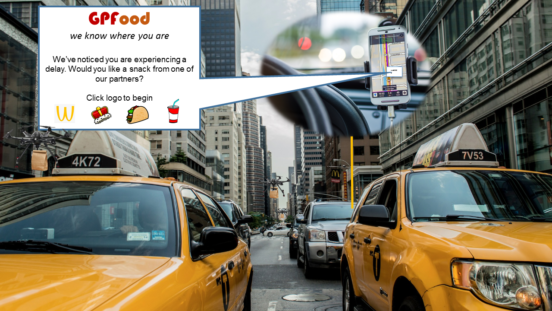by Elaine Plybon
As the education world debates the benefits of specific curricula such as coding, SEL, and problem or project based learning on students’ ability for critical thinking and problem-solving skills, there is one skill that has not been discussed which has the potential to wrap the outcomes of all of the debated curricula into one, very useful skill, the skill of futures thinking.
Before I continue, I need to disclose that I have not researched the effectiveness of this particular type of instruction in the classroom, nor have I found any literature on the topic. This is because the world of futures thinking, until now, has largely been reserved for the corporate world. Large corporations have staff who live in the world of futures forecasting. It’s the reason we all have powerful computers in our hands. It’s the reason drone technology has advanced over the last few years. It’s the reason technology itself advances so rapidly.
In school, it may have been used, but in a much less forward approach. We often ask students to make predictions, but they are focusing on next steps or a year or two down the road at best. Guiding them on the path of inferring the future 10 years out with intentional exercises that will help them to get their minds out of the now and into the future can enable them to be able to see the possibilities of the future. This will help prepare them for their adult lives, understand how the actions of today can affect that future, and become naturally innovative thinkers.
Since many in education are not familiar with the concept of futures thinking, I will attempt to describe it in this article. Futures thinking is a practiced skill that requires critical thinking, problem-solving skills, and a very specific ability to see things that are not intuitively obvious by observing the connections and relationships between seemingly disparate events, technologies, or entities. It also requires the futurist to be well-informed about a variety of things – to know just enough about a lot of things so that an understanding of possible relationships and connections can surface.
I recently spoke to a group of educators in Idaho to give them an idea of how futures thinking might be introduced to students. It was a simple exercise that would help them to begin to see their world in a new way in order to pick up pieces of the puzzle that would allow them to envision the future. Notice I did not say predict the future – we are not fortune tellers.
The basic tool in the futurist backpack is an ability to identify signals in the world around us. Signals are events, technologies, news stories, or anything else that makes us think “hmmm, that’s interesting”. We file those signals away in our thoughts so that when we are taking a look at a specific problem or process, signals that may give us insight are brought to mind and we can begin to envision how they might fit into a possible future.
It is a practice that takes some time and intentional practice to learn, but once learned, changes the way a person views the world around them. This is the most valuable piece, I believe, for our students. Any time we can change the way they process information, we have given them a valuable tool for life.
Confused? Here is a simple example:
To envision futures, there needs to be a driver upon which one or more signals are combined to infer a result. Here is an example of a driver. In 2013, my family was on a road trip. We didn’t get very far outside of town before we were stuck in a traffic jam on I-35. As we sat there for what seemed to be forever, but was in reality about a half hour, we got hungry. Driver: Frequent traffic jams on interstate highways.
To this driver, we need to apply signals to develop a future possibility. Anytime I drive somewhere, I am usually using Waze, which is a socially-updated GPS app on my smart phone. It helps me to know ahead of time that I’m about to encounter a traffic jam such as the one I found myself in on that road trip in 2013. Signal 1: GPS technology that integrates interactivity among users.
Also in 2013, Amazon had just announced that they were testing the logistics of doorstep drone delivery. Signal 2: Drone delivery.
Now we have a driver and two signals, which gives us this equation: Traffic jams + Waze + Drone Delivery = the future.
What is the answer to this equation? Well, our family came up with this: a new feature of GPS that allows you to order food and beverages to be delivered to you wherever you happen to be.

This example was not a 10 year projection, but more like a 5 year projection. Incidentally, just last month, Chipotle announced they would be making deliveries using drones. We are probably not too far away from the GPS integration. Our forecast might actually come true, although it was not meant to be a prediction.
Imagine how innovative our students could be if they had a futures mindset. Not just for a few years out, but envisioning a future that is a decade away. One that is close enough to seem possible, but far enough away that something might be done to either make it happen, or keep it from happening.
Imagine the power of a history student interpreting signals from our past to envision our future, or of a science student seeking to understand more about a topic just so that they can make more accurate projections, or a math student getting excited about putting data through statistical analysis to determine the probability of their vision actually becoming reality.
This is the stuff that true engagement in learning is made from.
(Elaine Plybon is a forecast practitioner and sociologist who has developed workshops for campus and district leaders to understand the impact of using tools of forecasting in strategic planning, as well as workshops for teachers who want to develop lessons that integrate futures thinking and innovation to build student capacity for envisioning. Contact us for more details)






Comments by eplybon